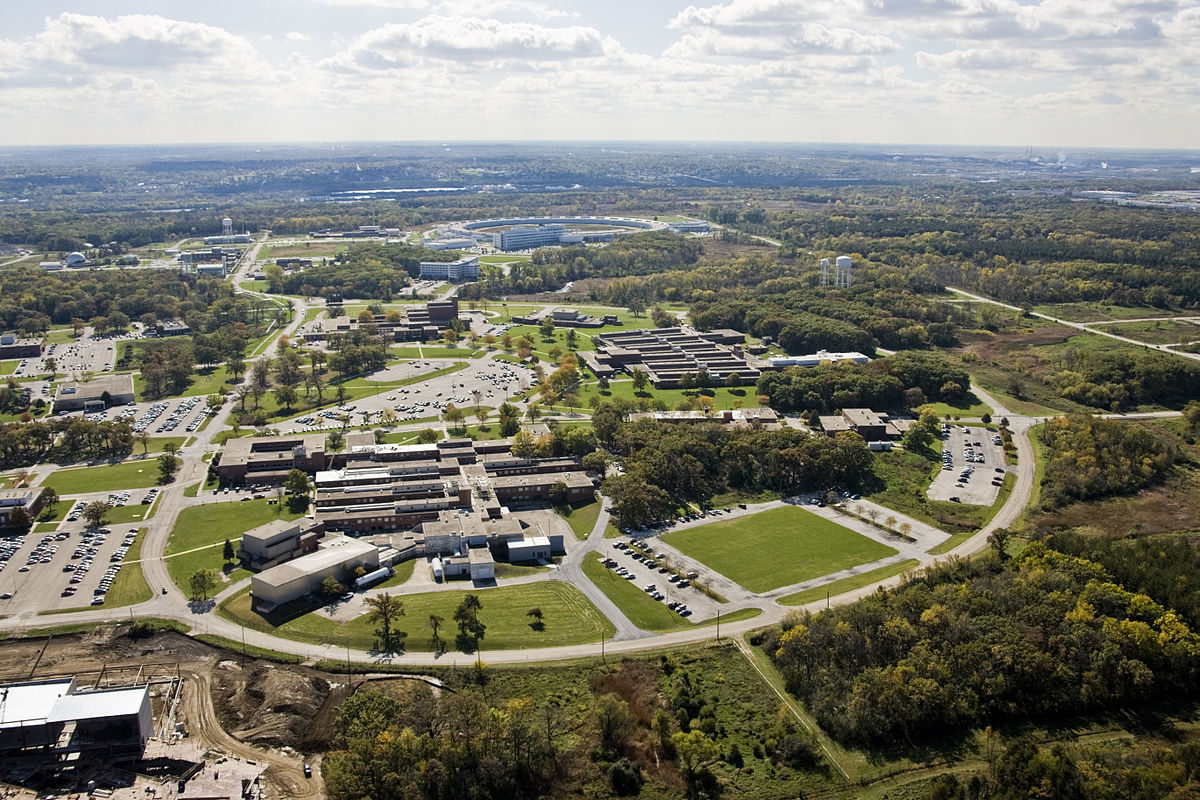Researchers at the U.S. Argonne-Northwestern Solar Energy Research Center (ANSER), a collaboration between Northwestern University and the U.S. Department of Energy’s (DOE) Argonne National Laboratory, are seeking to improve the molecular microstructures of organic solar cells by using additives.
The scientists have developed the photoactive layer of the cell from thin film, which was produced via spin coating. In the process, the material used for creating the thin film was dissolved in a solvent, on a spinning surface. This, the research group said, has enabled it to observe through an X-ray beamline how the film’s crystal structure evolves in real time.
The study, published in scientific review Advanced Materials, stresses how certain additives can considerably affect both the time it takes for the film’s structure to stop changing, and the intermediate structures the film adopts during evolution. Furthermore, it shows that films that are produced more slowly with additives, generally perform better than the more rapidly formed films.
Popular content
“Producers of solar cells will often go to the next step in production quickly after spin coating, which has the potential to lock the morphology while the structure is still forming. This can significantly affect the cell’s performance, positively and negatively,” said the research coordinator Eric Manley.
More complex structures will now be analyzed, and different choices on how to improve the cells’ performance will also be taken into account, the research team concluded.
This content is protected by copyright and may not be reused. If you want to cooperate with us and would like to reuse some of our content, please contact: editors@pv-magazine.com.



1 comment
By submitting this form you agree to pv magazine using your data for the purposes of publishing your comment.
Your personal data will only be disclosed or otherwise transmitted to third parties for the purposes of spam filtering or if this is necessary for technical maintenance of the website. Any other transfer to third parties will not take place unless this is justified on the basis of applicable data protection regulations or if pv magazine is legally obliged to do so.
You may revoke this consent at any time with effect for the future, in which case your personal data will be deleted immediately. Otherwise, your data will be deleted if pv magazine has processed your request or the purpose of data storage is fulfilled.
Further information on data privacy can be found in our Data Protection Policy.